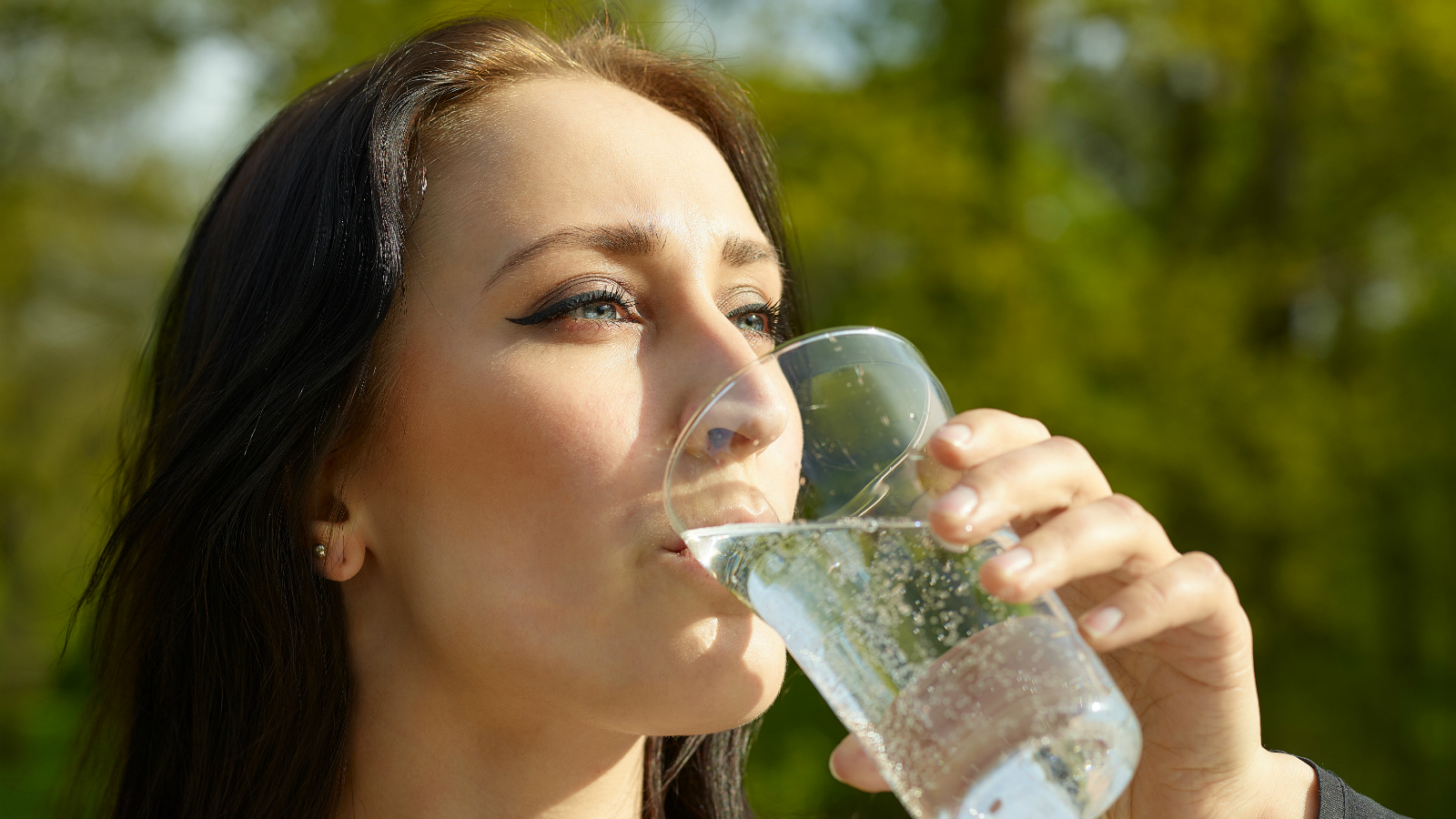Q. Dear Umbra,
My family and I are enamored of our seltzer maker. We drink copious amounts of the stuff throughout the year. But I’ve been wondering where all that CO2 comes from and where it all goes. Sure, we’re saving lots of cans and bottles, but is using our little home device better or worse than buying commercially produced products? Are we all dooming ourselves to a hot future by trying to cool off with bubbly drinks?
Steve H.
Underhill, Vermont
A. Dearest Steve,
Decades down the line, when snow is just a distant memory and rising oceans have swallowed half our dry land, our unfortunate descendants will no doubt blame us for this sorry state of affairs. Looking around at all the food shortages and mass extinctions and wildfires and megastorms of climate change, they’ll stare us in the eyes and demand an accounting: “You drank how many bottles of seltzer water?” Our only answer will be to hang our heads in shame.
I kid, of course. We very well may face some uncomfortable questions from our great-grandchildren someday, but they won’t be about our consumption of carbonated beverages. That’s not to say that our passion for tongue-tingling soft drinks has no impact on the world, though. And you’ve asked some good questions here, Steve, so let’s pop the tab and take a closer look.
I assume your home seltzer maker is a SodaStream, SodaSparkle, or one of their ilk — countertop carbonation machines that infuse your tap water with carbon dioxide from a metal cartridge. When the CO2 taps out, you can return the cartridge to a local store and swap it for a new one (with SodaStream, anyway); the company then refills your empty and resells it. But where does the CO2 actually come from?
The answer is the same whether we’re talking about homemade seltzer, homebrew beer, or the kind of name-brand soft drinks we’ve seen everyone from Ray Charles to Taylor Swift shilling for. The beverage industry’s supply of CO2 is a byproduct of industrial operations such as natural gas- or coal-fired ammonia plants, large-scale ethanol production, and even breweries, what with all the fermentation going on there. Special equipment captures the CO2 before it escapes into the atmosphere, then it’s bottled and sold to sparkly-drink producers (as well as to food companies and the oil industry). You use your carbonator to force the gas into your next fizzy fix, you twist open the bottle, and poof! The CO2 floats up into the atmosphere.
From one perspective then, Steve, you are merely borrowing the CO2. Or, as some carbon purveyors put it, you’re using recycled CO2. So you can rest a bit easier knowing that nobody is burning fossil fuels specifically to aerate your next bottle of seltzer.
As to your question about whether using your at-home carbonator is better than buying bottle after bottle of commercial seltzer, the answer is yes. Its biggest benefit: The reusable glass or heavy-duty plastic bottle that comes with such machines has far less impact than the mountain of disposable plastic bottles or glass bottles or cans you’d otherwise generate (even if you recycled them). You’re also eliminating the need to ship loads of liquid across the country (or even the world), since you’re using the water from your own tap. True, transporting CO2 cartridges to and fro has an impact too, but they weigh a lot less than bottles of water and you’ll get far more glasses of fizz out of each one.
And finally: Are we dooming the planet with our thirst for bubbly bevs? Like whipped cream canisters, I’d put home carbonators and soft drink habits in the Small Stuff We Shouldn’t Sweat Too Much category. Fizzy drinks do result in carbon emissions, but in relative terms, it’s quite a small amount: One analysis found that the total carbon footprint of a can of Coke was about 0.4 pounds of CO2 — and the biggest chunk of that came from the packaging, which you’re avoiding with your seltzer maker. Compare that to the 18 pounds emitted from driving your average car just 20 miles, or the 59.6 pounds embodied in one kilo of beef, or the 661 pounds you’d produce flying round-trip from Burlington to Miami, and you get an idea of the scale we’re talking about.
So, yes, ultimately a glass of plain old tap water certainly has a smaller carbon footprint than carbonated water — at least until we figure out how to recapture the CO2 we exhale and use it to bubble our own soda water, that is. But I’d much rather have you worrying more about your driving, flying, and eating habits — things that have a much bigger impact on your personal carbon emissions — than freaking out over your seltzer. Bottoms up.
Eructatedly,
Umbra



